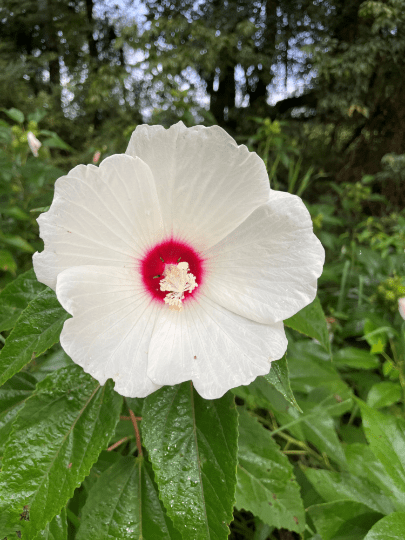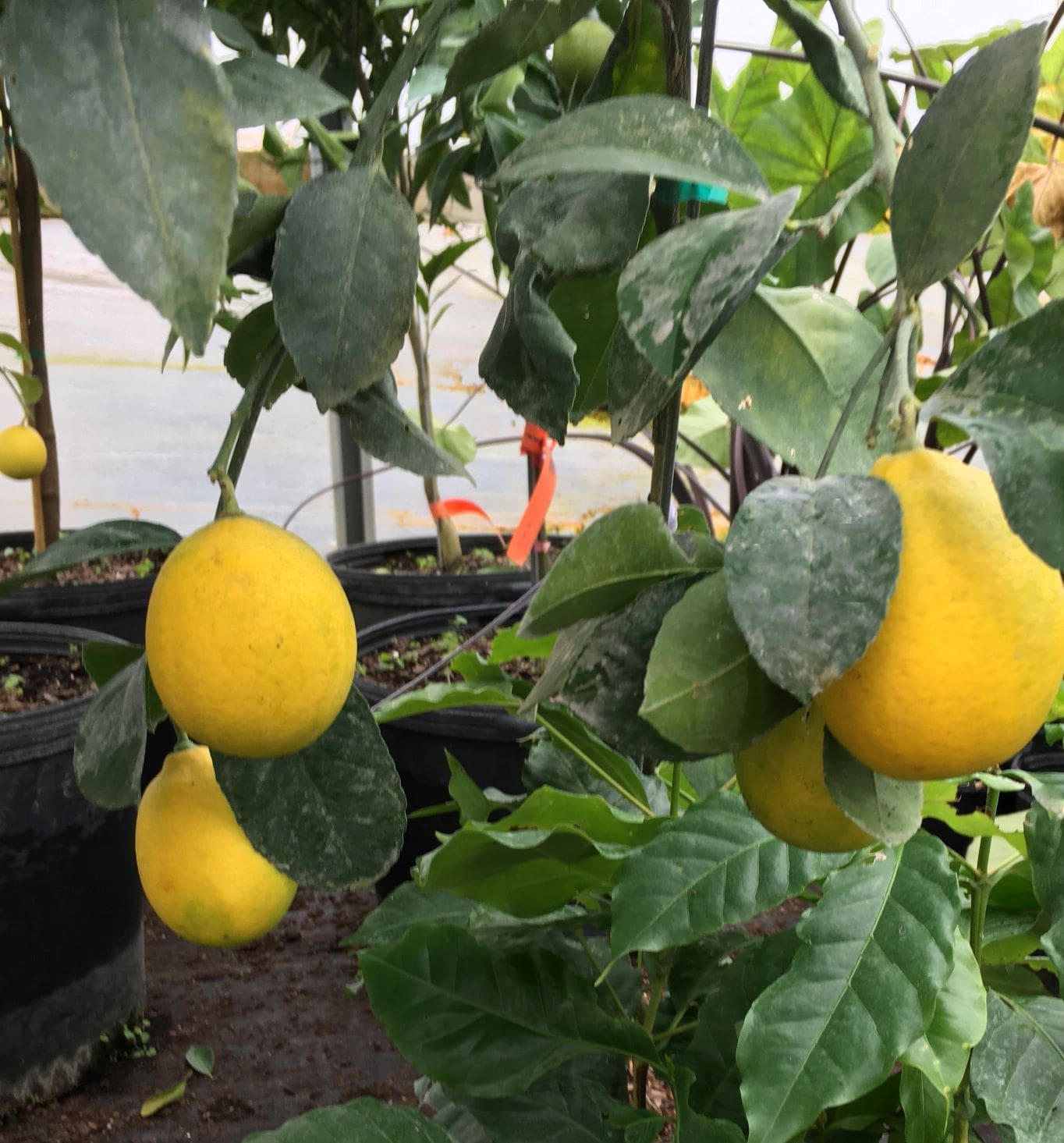Description
Planting Zones and Growing Conditions: Native Tennessee Swamp Mallow Hibiscus thrives in USDA hardiness zones 6 to 9. It is well-suited for wet or marshy areas, making it an ideal choice for rain gardens, pond edges, or areas with consistently moist soil. These conditions mimic its natural habitat and provide the optimal environment for growth.
Growing Guide and Planting Instructions:
- Site Selection: Choose a location that receives full to partial sunlight. Ensure that the soil is consistently moist and well-draining. Avoid planting in areas prone to drought or excessive dryness.
- Soil Preparation: Prepare the planting area by loosening the soil and amending it with organic matter such as compost. This will improve drainage and provide necessary nutrients for the plant’s growth.
- Planting: Dig a hole slightly larger than the root ball of the 4″ pot. Gently remove the plant from the pot and place it in the hole at the same depth it was growing in the pot. Backfill the hole with soil and tamp it down gently to eliminate air pockets.
- Watering: Immediately after planting, water the Hibiscus thoroughly to settle the soil around the roots. Keep the soil consistently moist but not waterlogged, especially during the establishment period.
- Mulching: Apply a layer of organic mulch around the base of the plant to help retain soil moisture, suppress weed growth, and maintain a cooler root environment.
- Fertilization: In early spring, apply a balanced, slow-release fertilizer to provide essential nutrients for the growing season.
Pruning and Care Instructions:
- Deadheading: Regularly remove spent flowers to encourage continuous blooming and maintain a tidy appearance.
- Pruning: In late winter or early spring, before new growth emerges, trim back any dead or damaged stems to encourage new growth. Cut back the plant by about a third to maintain its shape and vigor.
- Overwintering: In colder zones, apply a layer of mulch around the base of the plant in late fall to protect the roots from freezing temperatures.
Additional Tips:
- Monitor for pests such as aphids or Japanese beetles and take appropriate measures to control them if necessary.
- Divide mature plants every 2 to 3 years in early spring to rejuvenate and propagate.
With its impressive flowers and adaptability to wet conditions, the Native Tennessee Swamp Mallow Hibiscus brings a touch of the wild wetlands to your garden, creating a stunning and unique focal point that thrives while attracting nature’s wonders.
Proud Products Guarantee!!
Plants from Daylily Nursery are guaranteed to arrive healthy and green. If you have any concerns or are dissatisfied within the first five days of receiving your plants, please email or call our office so that we can help make it right! Plants require proper care and nourishment to adapt to their new surroundings. Unfortunately, if your plants have received less-than-ideal care or were purchased for planting outside of your recommended growing zone, your purchase isn’t covered by our guarantee. Zone recommendations are provided in our listings.
Exercise caution and use your best judgment before ordering during unusually hot or cold weather (below 32 degrees F, or in excess of 95F for shipping purposes), as these extremes may leave your plant vulnerable to damage. The optimal time for planting for most of our material is in mid to late spring, past the danger of hard frost. This allows your plants the longest possible growing season. Summer and very early fall are also suitable, as long as your plant is placed in optimal conditions and receives adequate water during the hotter, dryer periods of the summer. Late fall and winter are very risky in most areas, as our plant material ships from cozy greenhouses and will struggle adapting to very cold or frozen soil, or abrupt changes in temperature. This can easily cause damage, stunting, or failure to thrive. When in doubt about suitable planting times or zone compatible plants for your area, reach out to your local Agricultural Extension Office.
If issues with your plants arise within the first 30 days of receipt, please email or call our office. Our knowledgeable staff will review your concerns and provide guidance and troubleshooting, or a one-time replacement if necessary. The customer assumes responsibility for the cost of shipping the replacement. Happy Planting!





